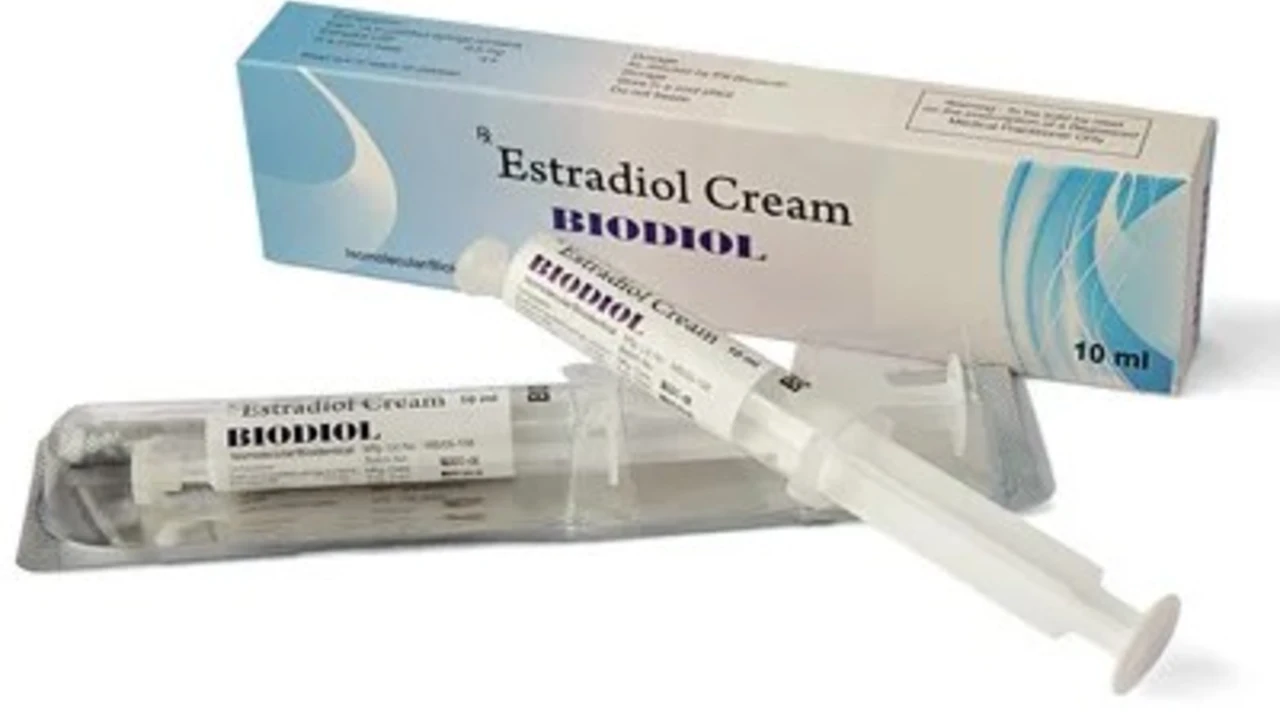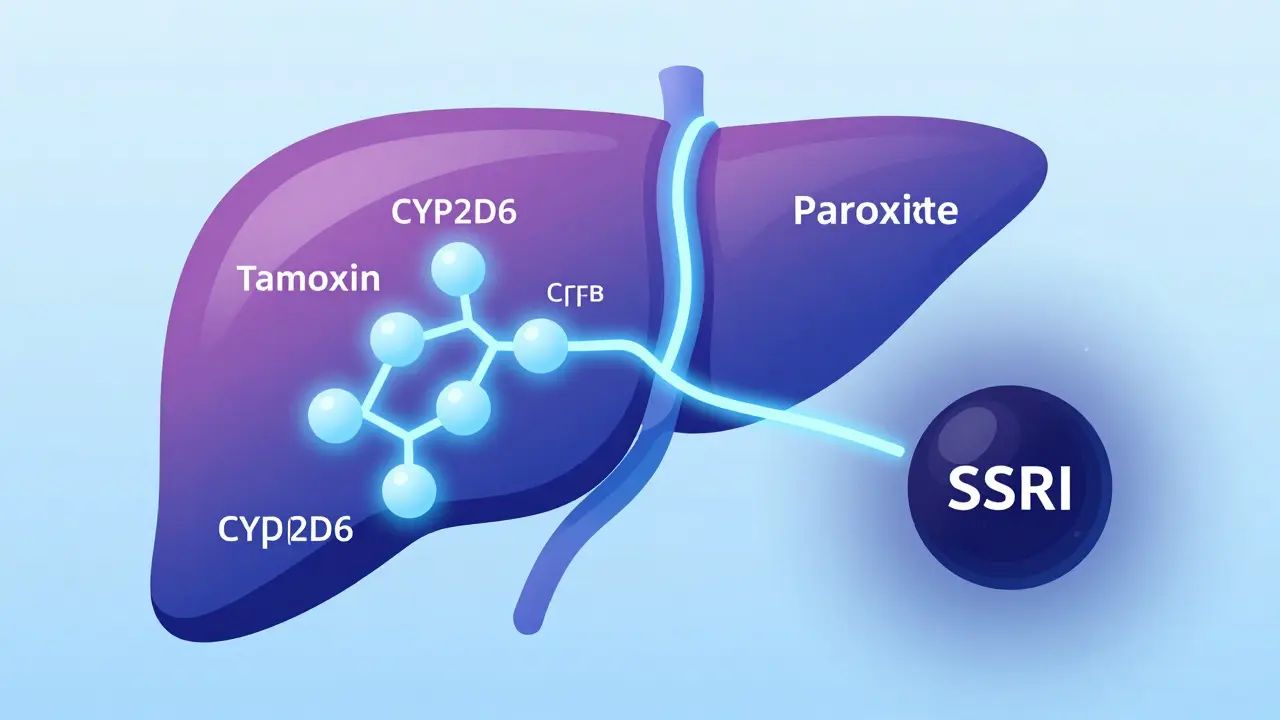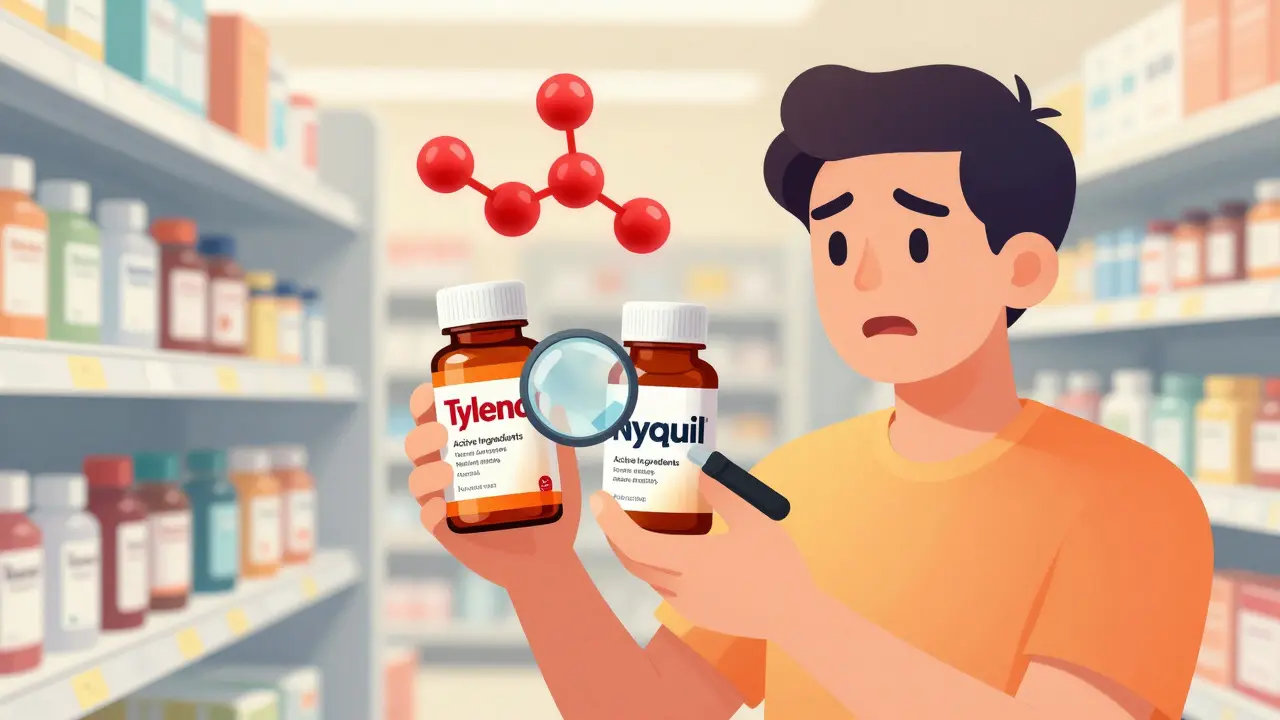Estradiol dosage: what you need to know right now
Not sure how much estradiol is right for you? Doses vary by purpose, age, and the form you use. Below I’ll lay out common dose ranges, how different forms compare, and simple safety tips to help you talk with your doctor.
Common dosing ranges by form and use
Oral estradiol (tablets): For menopausal symptom relief doctors commonly start around 0.5–2 mg daily. Many women feel better on 1 mg/day; some need 2 mg. For transgender women, oral estradiol is often higher—many regimens use 2–6 mg daily, usually combined with an anti-androgen.
Transdermal patches: Patches are given in micrograms per day (mcg/day). Typical patch strengths are 25, 50, and 100 mcg/day. For menopausal symptoms, 50 mcg/day is a common starting point. Trans women often use patches delivering 100–200 mcg/day when higher estrogen is desired.
Gels and sprays: These deliver estradiol through the skin. A common gel dose is 0.5–1.5 mg applied once daily, but product strengths vary. Follow the product label and the prescriber’s plan.
Vaginal products: For local vaginal symptoms (dryness, painful sex), very low doses work. Vaginal tablets (like 10 mcg), rings (about 7.5 mcg/day), or low‑strength creams are used. These give local relief with much lower systemic exposure than oral or high‑dose patches.
Injectable or implantable forms exist but are less common for routine HRT. Dosing there should be handled by a specialist.
Safety, monitoring, and practical tips
Start low and find the lowest dose that controls symptoms. That reduces side effects and health risks. Your doctor may check symptoms, blood pressure, and sometimes labs after a few months.
Know the red flags: a history of blood clots, active or past breast cancer, unexplained vaginal bleeding, or liver disease usually means estradiol isn’t safe or needs special handling. Smoking raises blood‑clot risk with systemic estrogen—quitting or switching to non‑oral forms helps.
Drug interactions matter. Some medicines (like certain anticonvulsants, rifampin) speed up estrogen breakdown and can lower levels. Others that block liver enzymes can raise estradiol. Tell your prescriber about all drugs and supplements you use.
If you’re seeking feminizing therapy as a trans woman, treatment plans often include monitoring testosterone and estradiol, dose adjustments, and awareness of risks like clotting. Work with a clinician experienced in trans care.
When in doubt, ask direct questions: What dose will you start? How will you know it’s working? What side effects should I watch for? When will we check labs or symptoms again? Those answers make treatment safer and clearer.
Want a quick checklist to bring to your appointment? Write down current meds, medical history (clots, cancer, liver disease), your main symptoms, and whether you prefer non‑oral options. That helps your clinician pick the right estradiol dose and form for you.






